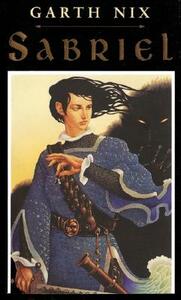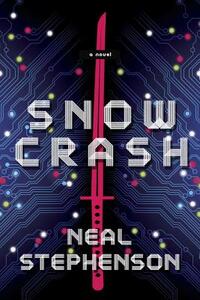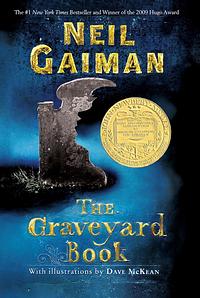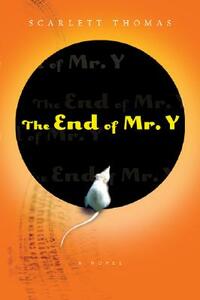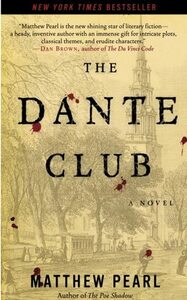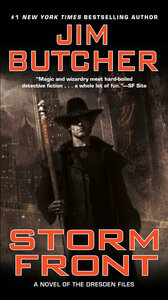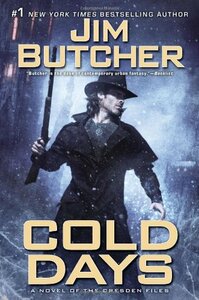You need to sign in or sign up before continuing.
Take a photo of a barcode or cover
specs's Reviews (135)
Eh. The End of Mr. Y wasn't bad at all, but I didn't love it. I thought Thomas was trying too hard to make Ariel's character unemotional, bad-ass, and masculine (having traits that are the opposite of traditionally feminine traits) which is a reactionary character type in sci-fi and speculative fiction that just drives me up the wall. And there was a pretty big logic hole* in the final act that I couldn't stop thinking about.
But! This was an enjoyable train read anyway.
*Spoiler: destroying the book wouldn't make the MindSpace cease to exist, since the doctor knew about it before Mr Y did, right? It wasn't Lumas' creation, so it existed before he did and would exist after. Or did I misunderstand something? Also, I've got big problems with the whole "thoughts are made of the same stuff as matter" argument.
But! This was an enjoyable train read anyway.
*Spoiler: destroying the book wouldn't make the MindSpace cease to exist, since the doctor knew about it before Mr Y did, right? It wasn't Lumas' creation, so it existed before he did and would exist after. Or did I misunderstand something? Also, I've got big problems with the whole "thoughts are made of the same stuff as matter" argument.
Bought the paperback in Ireland and read it all on the plane back to the US. If I hadn't been stuck on a plane with only one book I wouldn't have finished this. It actually made me like the authors in this book less, when before I'd had a generally positive impression of Transcendentalism.
Book 4: AKA the first book in which I had to actually keep careful track of what was going on with the faerie courts.
Vaguely unsatisfied with this one, especially re: Karrin & Harry. And Karrin in general. She's always felt like a caricature of a Career!Cop!Woman and I was hoping Butcher would write her out of that. She's developing a bit, sure, but I'd like more depth. (And yes, more than we get in Side Jobs.)
I loved all three of the Blue Ant books, although Pattern Recognition was my favorite. This shouldn't be worth noting, but I kept stopping to wonder & try to pick apart why his women characters felt so real to me. Best I can come up with is a) they remind me of myself (so ymm) and b) he writes them as people who happen to be women. I kept finding myself stopping reading to figure out how, exactly, Gibson accomplished (b) but I still don't have a good example or explanation. The best I can do is how Cayce & Hollis get ready for their meetings with Bigend -- they actually put thought into what they wear & how they look, but Gibson doesn't sexualize the process or make them fret over anything. Most of this is his style, which I love anyway, but I especially love how it keeps the characters all feeling like people rather than characters in Scene A or Standard Romance Plot 47.
I'm not explaining this well, but suffice to say that a large part of the reason in love Gibson's books is because of what his style does to his women characters -- it strips away the conventions and annoying tricks that other male authors use to convey what they think is an authentic women's experience and forces readers to meet these characters as logical, thinking, flawed, people.
I'm not explaining this well, but suffice to say that a large part of the reason in love Gibson's books is because of what his style does to his women characters -- it strips away the conventions and annoying tricks that other male authors use to convey what they think is an authentic women's experience and forces readers to meet these characters as logical, thinking, flawed, people.
